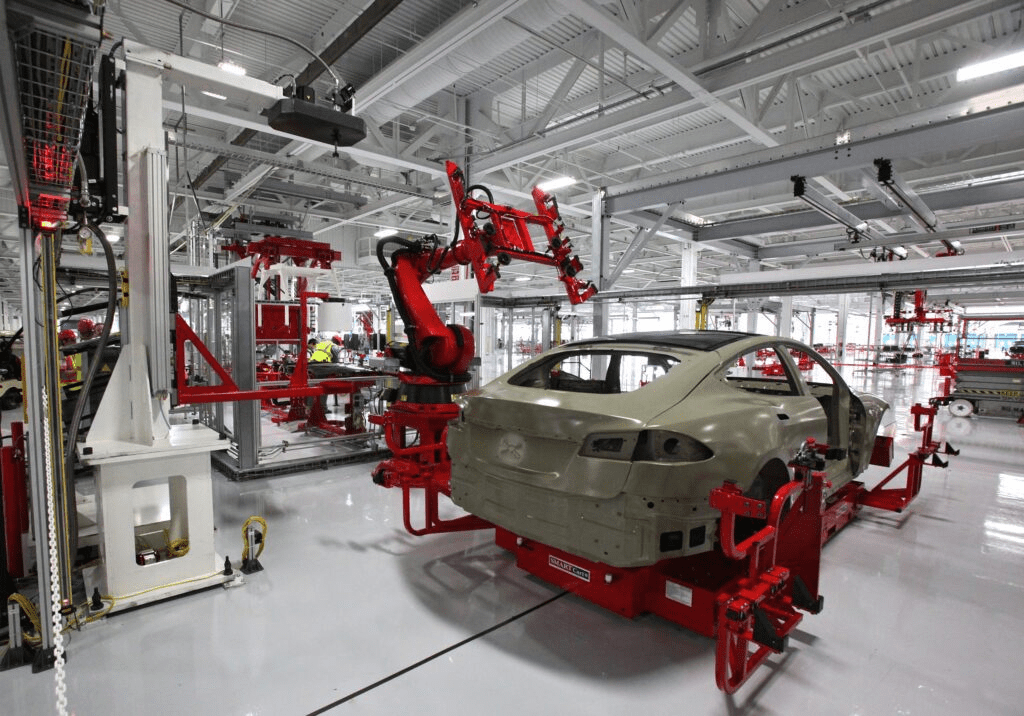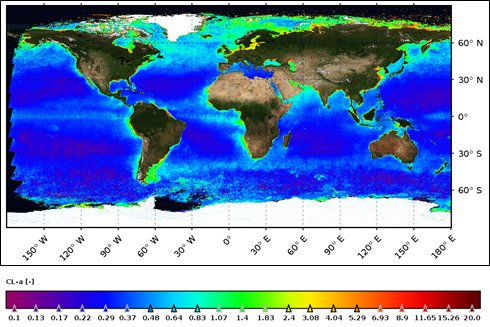As temperatures dropped, the air quality in Mumbai also worsened, with the city recording a worse Air-Quality Index (AQI) than Delhi on Sunday & worsening further on Monday. According to the System of Air Quality and Weather Forecast and Research (SAFAR) dashboard, Mumbai’s overall AQI was 290, classified as ‘poor’, whereas Delhi’s AQI on Sunday was 193, considered as ‘moderate’. Furthermore, several areas of Mumbai had even worse AQI levels. The worst AQI was recorded in Bandra-Kurla Complex (BKC) at 354, followed by Chembur at 331, and Andheri at 307. Colaba recorded an AQI of 286, followed by Mazagaon at 235, Bhandup at 180 and Malad at 152. Both Borivali and Worli recorded an AQI of 111, and Navi Mumbai recorded 353. Previously, on Friday, January 13th, Mumbai recorded a moderate AQI below 150. Throughout the first week of December, Mumbai’s AQI consistently hovered between ‘poor’ and ‘very poor’, but it improved slightly during mid-December.
By Monday morning, the overall AQI of Mumbai had crossed 300, with worse being Bandra Kurla Complex (BKC) at 375, Mazgaon’s AQI recording at 341, Deonar’s AQI being 345, Sion at 256 and Mulund at 245. While Delhi’s overall AQI remains just above 200, Pune dipping below 200 and Ahmedabad just below 100. Air quality experts have noted that as an island city, Mumbai’s AQI is largely influenced by winds blowing in from the sea. Typically, the direction of these winds would change every 4-5 days, but this year, the city has seen the same wind reversal occur after a gap of 15 days. During this period, surface winds tend to blow at a slow speed, allowing pollutants to accumulate in the air. When the sea breeze eventually reaches the city after two weeks, it helps to disperse these pollutants.
Experts predict that Mumbai’s AQI will improve once again following the reversal of winds after a two-week period. This pattern is expected to continue until the end of winter. During this time, the breeze tends to be slower than usual, which causes particulate matter to linger in the lower atmosphere in the form of mist and haze, resulting in poor AQI.
On Sunday, one of the annual marathons in Mumbai went ahead despite the hazardous air quality in the morning. Additionally, it was one of the coldest mornings of the winter which further exacerbated the air pollution. Typically, when cooler temperatures occur over a large geographic region, it is followed by an increase in pollution levels. Cold air, unlike warm air, tends to settle close to the ground, trapping suspended particulate matter and other pollutants. The cooler temperatures also lead to slower winds which impede the dispersal of pollutants.

















